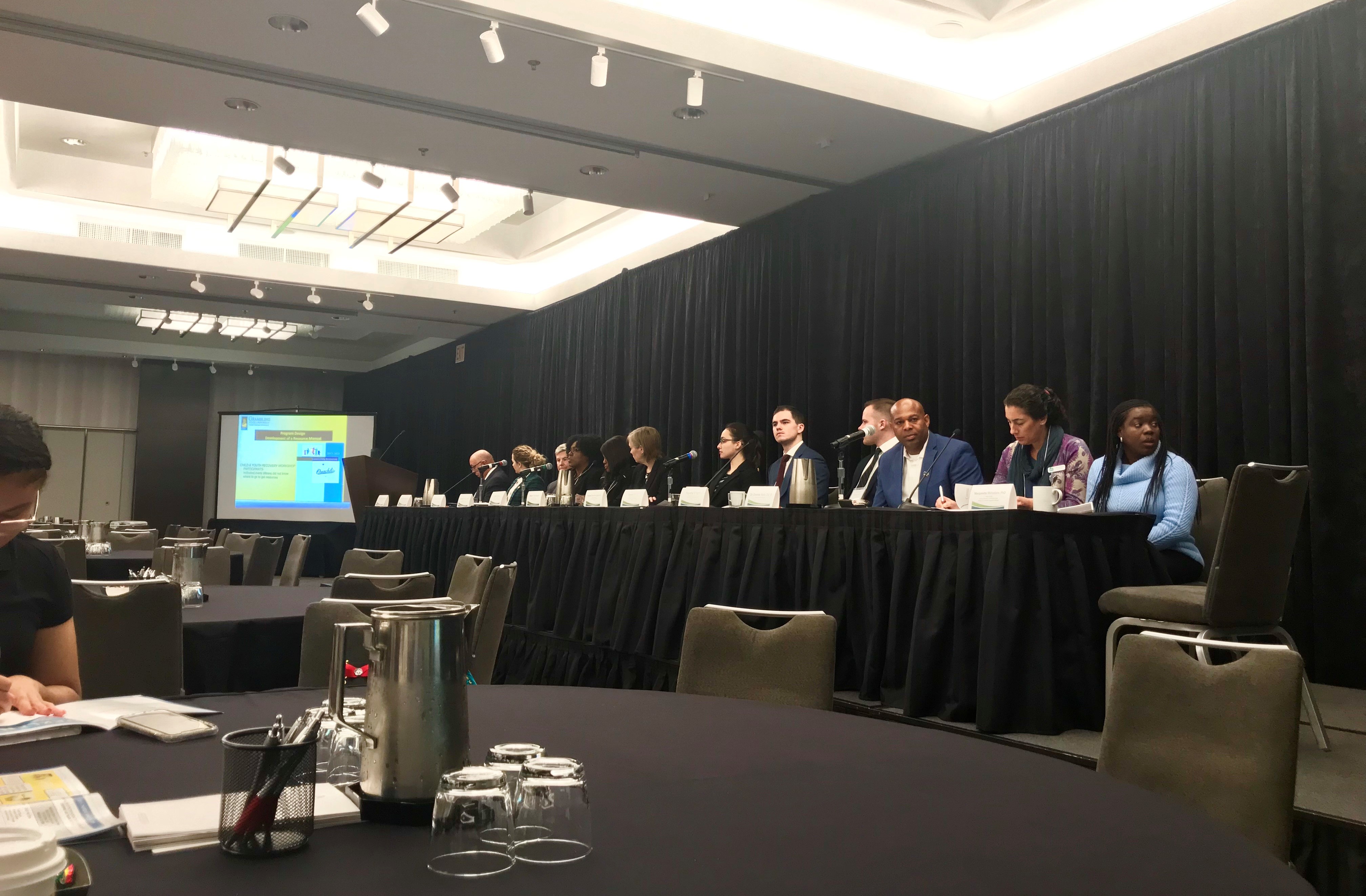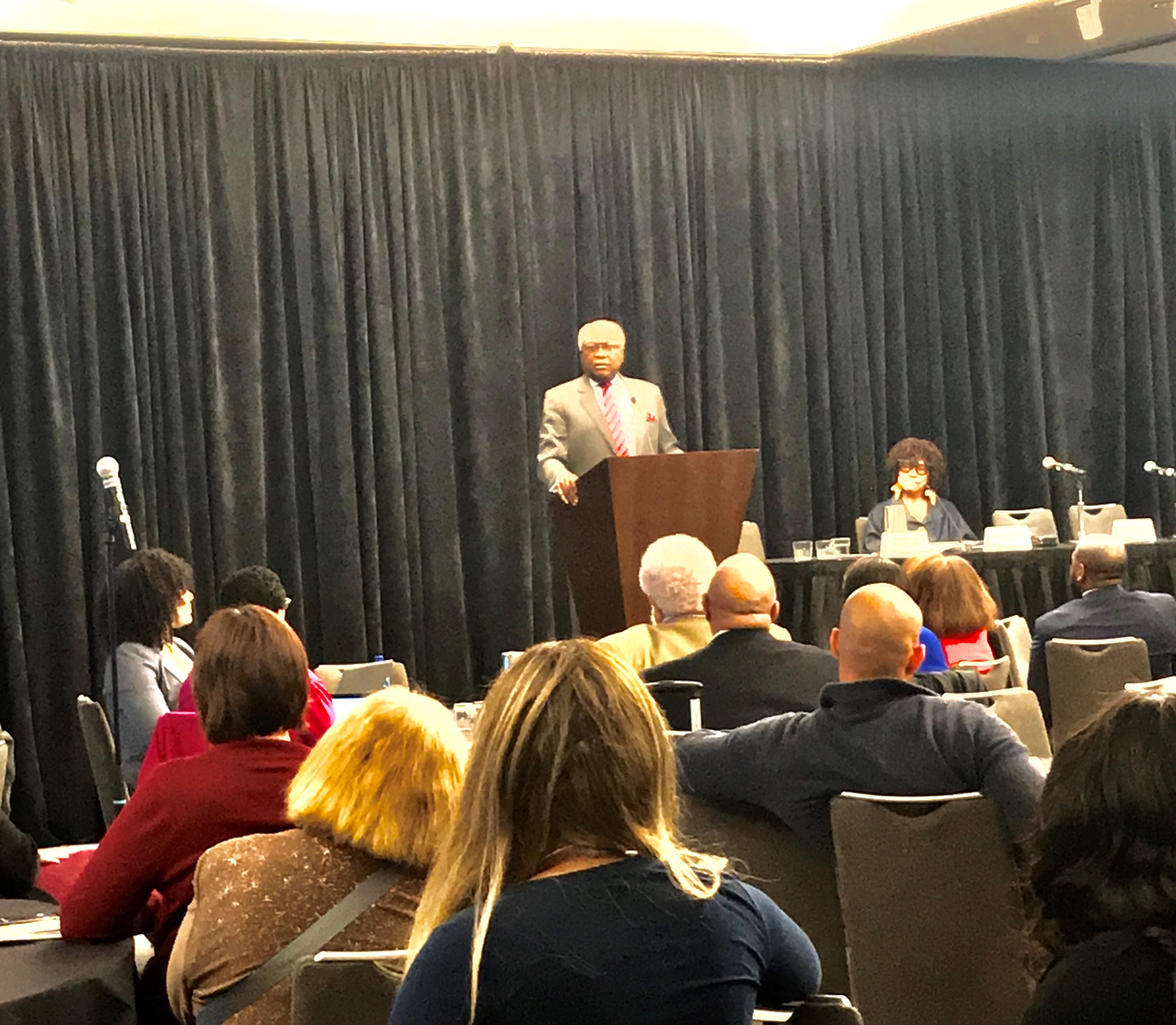By Zack Valdez
The theme for the 2019 National Environmental Justice Conference and Training Program was Education, Learning, and Cooperation in a Diverse World.

CUPP panel at NEJC representing 5 different Environmental Justice projects with Universities
It was inspiring and enlightening to witness the dedication to environmental justice issues on the part of the participating students, institutions and federal government representatives. Attendees exhibited a culture of passion and comprehension throughout the conference proceedings. Students showed a clear vision for their role in addressing environmental justice, federal agencies were eager to communicate funding opportunities and describe their approaches to interacting effectively with communities, and institutions demonstrated how they are increasingly incorporating and supporting the development of environmental justice groups on campus.
The conference provided an opportunity for all of us to reflect beyond our discipline, worldview and geographic location to co-create ways to empower and increase visibility for marginalized groups. One example is the Environmental Protection Agency College Underserved Community Partnership Program (EPA CUPP, a Thriving Earth Partner) which gives students opportunities to help address real world challenges, ranging from youth STEM engagement and community housing development to blight and soil contamination.
The exchanges at the conference surfaced key questions for communities, leaders, decision makers and researchers alike. For me, I was left wondering, How can we design, create and implement science in a way that reduces negative impacts and environmental risks…or better yet, improves conditions to ensure community health and well-being?
I found many of the stories and projects encouraging. My top three takeaways were:
- A civil engineering student’s comment from South Carolina State University about his GHETTO model (Get Higher Education To Teach Other). He shared a great story about how he felt it was his duty to educate himself as one method to give back, and he would gauge his success by how many others he could reach through community engagement, education, and increased scientific accessibility.
- Community Representation. I was happy to see the amount of time, effort, and resources available for communities to conquer local priorities and have clear milestones and concrete results with the help of scientist, engineers, and even artist. The importance of community voice when developing environmental justice projects is paramount, and the contribution and consensus around those groups is the energy that will sustain an idea long after these projects are complete. How can we engage more conferences and more scientific groups to engage with and include more of the community voice?
- Let’s migrate away from problem-focused projects toward solution-based approaches to environmental justice challenges, as well as greater efforts to link environmental health with public health and the economic well-being of the communities. As an example of this approach, Rep. James Clyburn (SC-6th) expressed his steadfast support for environmental justice issues and his fight to ensure clean drinking water in his district and not on the problems that had created or delayed this challenge.

Rep. Clyburn (SC-6th) discussing Environmental Justice inequities in his district
